Buy seasonal mangoes in the Axarquia (Malaga). No strands, no refrigerated, tree-ripened, unhurried. Explore a unique taste that has nothing to do with imported mangoes. The best quality mangoes, harvested at their optimum point.
We grow our mangoes in our orchard on the tropical coast of Malaga. We select the best pieces and leave them to mature on the tree.
Mangoes from the orchard, directly from the farmer, without processing, refrigeration or chemicals. 100% natural mangoes, certified organically grown.
Mango plantations in Malaga
Huerta mangoes are grown in the Axarquia area. They are not refrigerated, and have no additives or chemicals that favour their fattening or production. That is why we offer a mango fruit with an incomparable flavour, which is not available with fruits imported from Latin America.
Mangoes of Spanish origin are harvested from September to January in different varieties: Osteen, which are cultivated in October, Irwin, between August and October, Keitt, whose seasonality goes from November to January, and Minis, between August and September.
How we grow our mangoes
At La Huerta de Pancha we follow a natural process of mango cultivation to obtain the best fruit. We take care of every detail and every stage of the process, so that the mangoes that reach the consumer are in optimum condition. We follow the next steps:
Climate and soilThe optimal climatic conditions for the cultivation of mangoes are warm and humid. For winter, the weather should be dry and cold. For mango trees to grow in optimal conditions, the most important thing is that the soil is well drained; for this purpose, the soil should be aerated with the help of a pickaxe. Mango trees grow easily in soils with low fertility, so this is not a factor to be taken into account when choosing and preparing the land for cultivation. In La Huerta de Pancha we take care of the measurements between the different trees, bearing in mind that they are very wide and will need more space to grow optimally.
IrrigationMango trees need a lot of water, so it is important to plant them before the rainy season. Although the rains make irrigation work easier, it is important to maintain humidity throughout the year, so in times of drought we use irrigation systems that allow us to maintain the humidity and water levels that the trees need.
Flowering and pruningAfter the mangoes have flowered, and after the passage from flower to fruit, we select the fruit that has set and keep it on the tree, and we remove the fruit that has not flowered. Pruning is carried out to remove defective branches to encourage more uniform branching. The aim of pruning is to encourage production and achieve the best fruit.
All these cultivation techniques are part of the process in which we try to get the mangoes at an optimum point. With them, we achieve the non-use of pesticides.
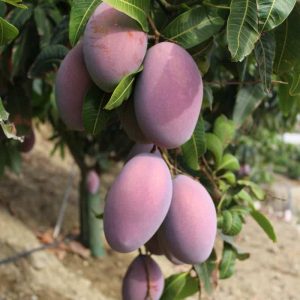
Buy mangoes online
Buy your mangoes online at Huerta de Pancha, and you will get huge benefits in the quality of the mangoes. Below, we tell you how you will receive our mangos, which we grow and harvest in the most natural way, so that they arrive at your home at the optimum point of harvest and you can eat them when they are at their tastiest.
How you will receive mangos from Pancha’s Orchard
Our mangoes are harvested at their optimum point of harvesting, which does not coincide exactly with the optimum ripening point for consumption. Moreover, not all mangoes ripen at the same time, as it depends on the size, position on the tree, height, incidence of the sun and many other factors. For this reason, sometimes it is necessary to wait a few days after receiving the order before eating them ripe.

How to Tell if Mangos Are Ripe?
One trick to find out if your organic mangoes are ripe is to let your sense of smell guide you. Choose pieces that have the characteristic smell of the fruit and are also slightly soft to the touch. The colour of the mango is not uniform and its skin may have slight dark spots, which are normal and do not affect its quality. We use 100% recyclable cardboard boxes for packaging and we always try to ensure that the handles are well protected to avoid damage during transport as far as possible.
How to Store Mangos?
Handles should be handled with care and care should be taken to avoid shocks. Mangoes are best stored at room temperature until they are ripe. Once ripe, we can prolong their shelf life by keeping them in the fridge, although we must be aware that their flavour will be slightly altered. A very practical option to preserve mangoes longer is to remove the skin, dice them and freeze them in a freezer bag.
How to Peel a Mango?
First locate the elongated, flat bone inside it, right in the centre. Cut the handle on each side of the bone, at a distance of approximately one centimetre from the centre of the handle. Then, we make lines from top to bottom and then from right to left with the knife without reaching the skin, and all that remains is to turn it over and cut the resulting cubes with the knife or separate them from the skin with the spoon.

What Health Benefits Does Mango Have?
### What Health Benefits Does Mango Have?
Mango is one of the tropical fruits with the most health benefits. It is notable for its ability to help prevent various types of cancer and also offers benefits for the skin, eyesight, and hair, among other things. Mango is rich in vitamins C and A, as well as fiber. These qualities make it a very healthy fruit to eat year-round – it can be frozen to enjoy even when it’s out of season.
When is Mango Season?
Mango season begins in late summer and typically extends until the end of December. However, the autumn months – from September to November – are when mangos are in their best condition for consumption.
Where is mango produced in Spain?
Mango is a tropical fruit, so the best mangos in Spain are those not grown in greenhouses, but in subtropical climates like that of the Axarquía in Málaga.
It is an area where greenhouses are not needed, as mangos of the highest quality are grown naturally, thanks to its subtropical climate.
How much does a kilo of mangos cost?
The price of mangos varies depending on the variety. Some mangos, which are more widely produced, can cost around €5-6 per kg. However, there are also less common varieties that are harder to find, and therefore, their price can be around €8-9 per kg.



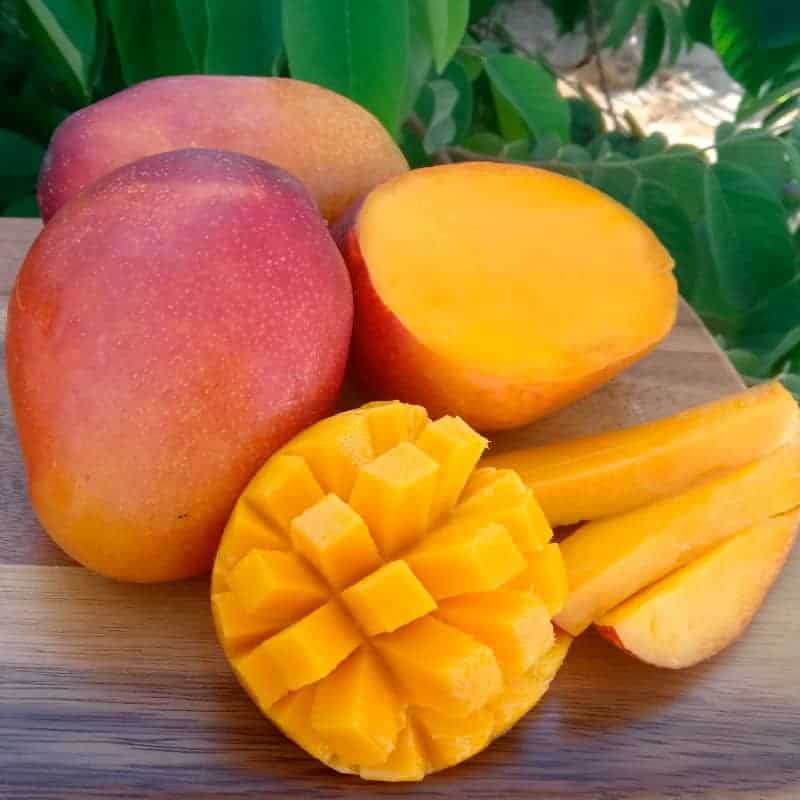


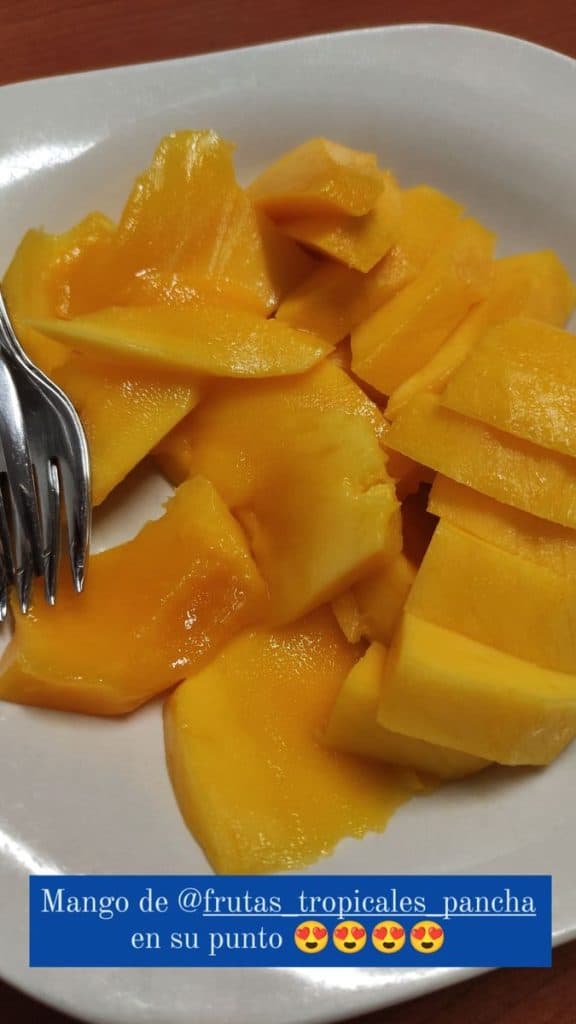
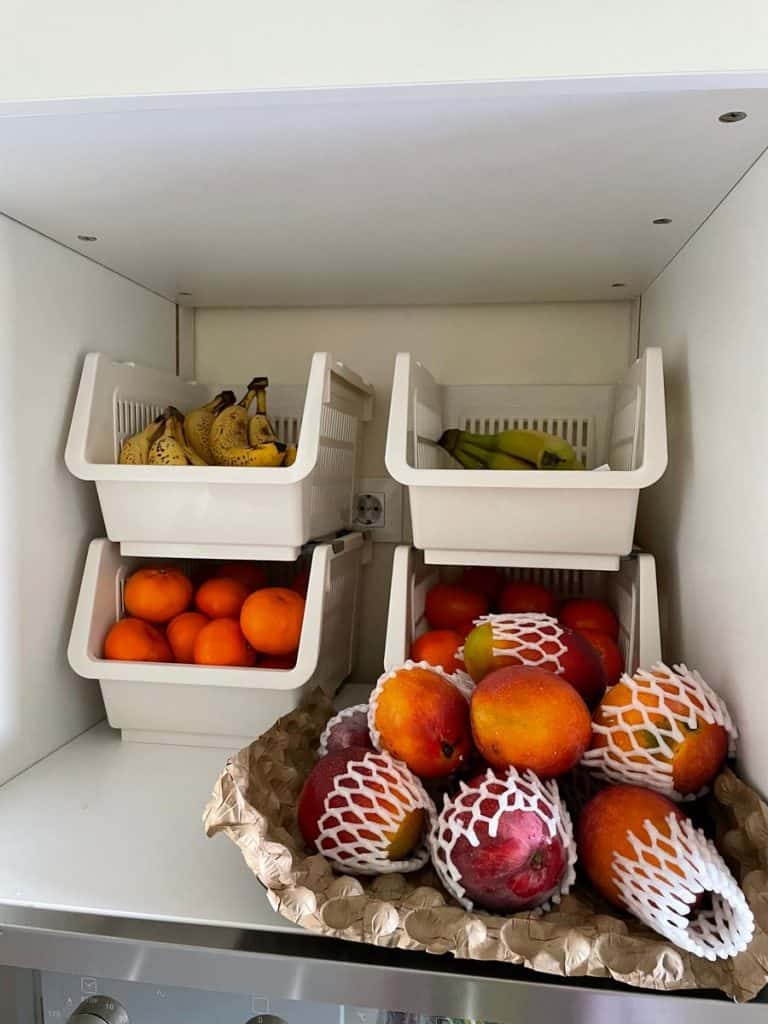
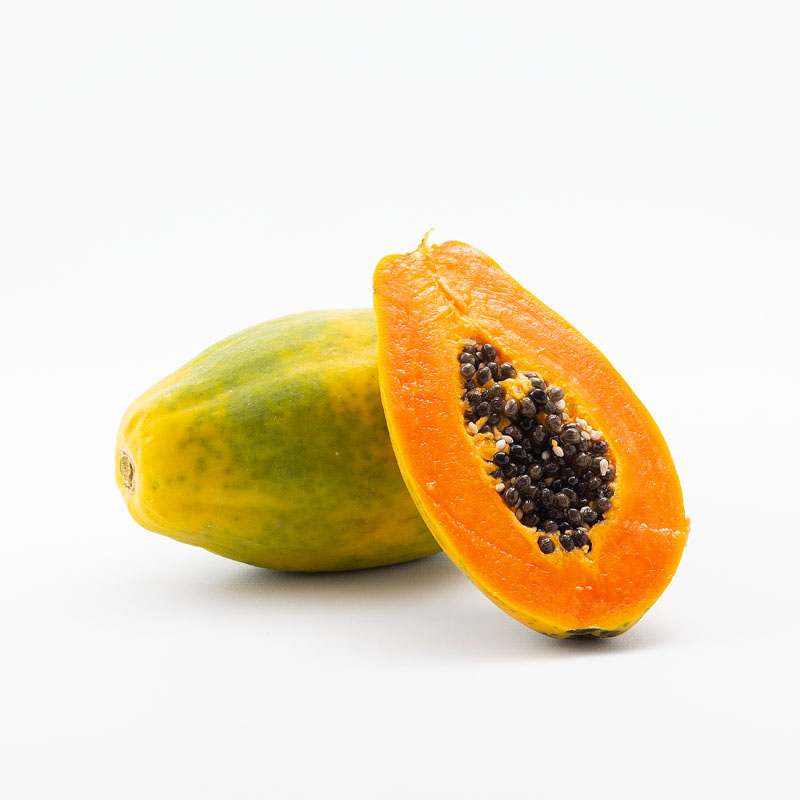
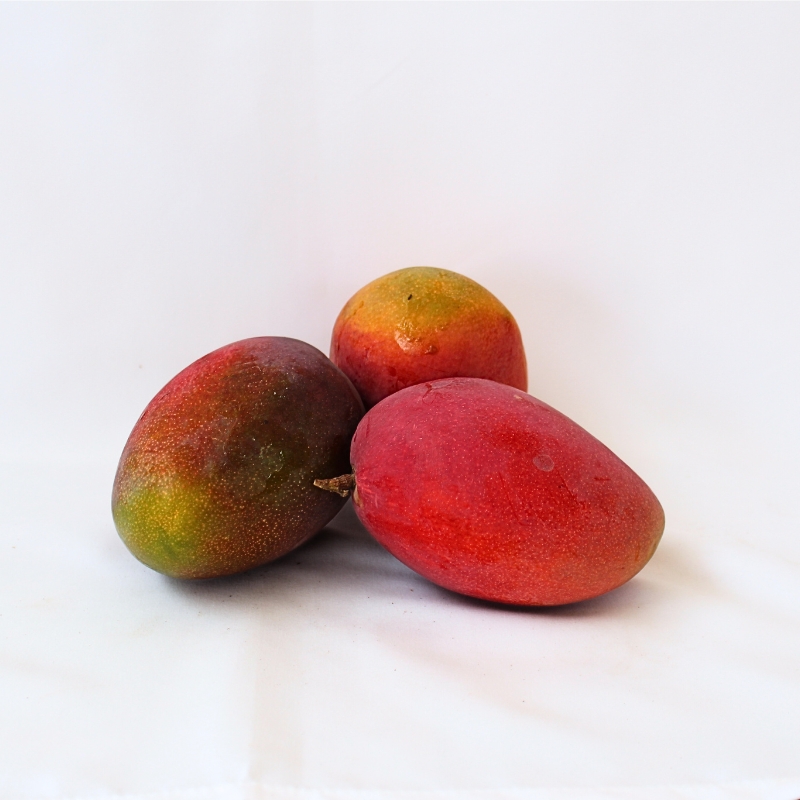
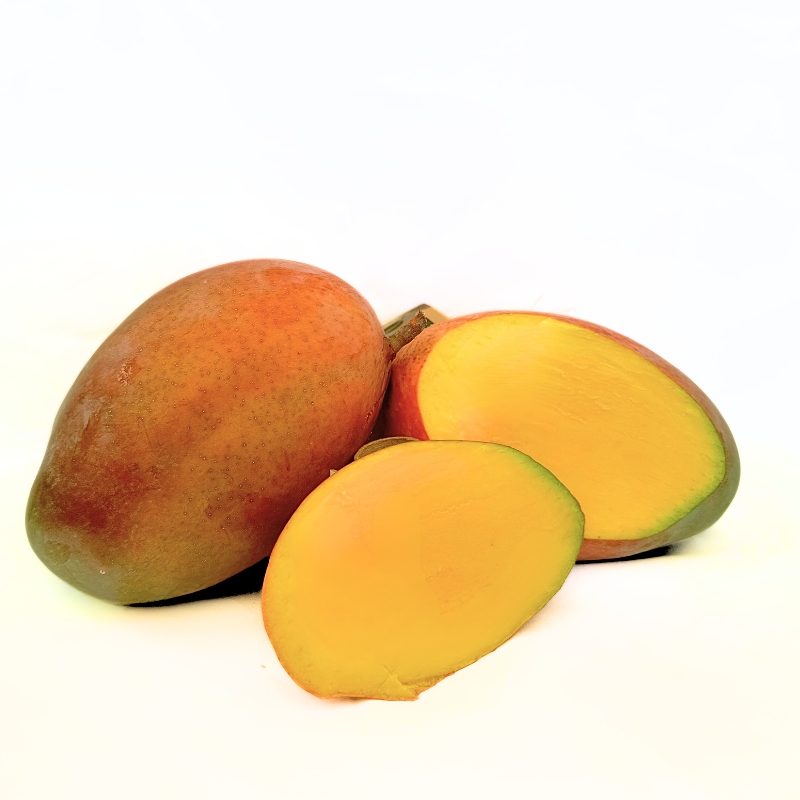
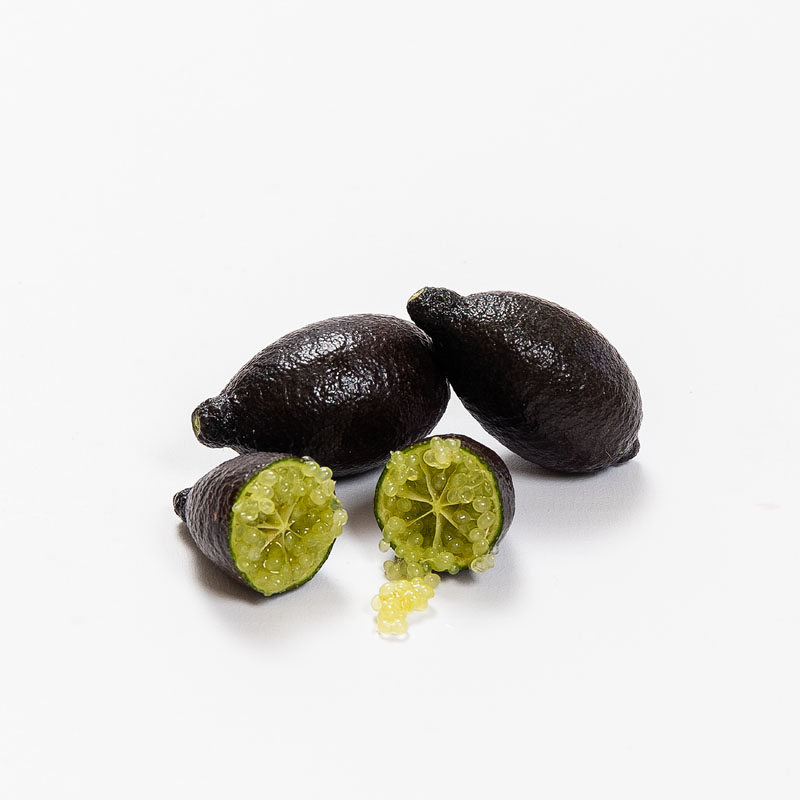
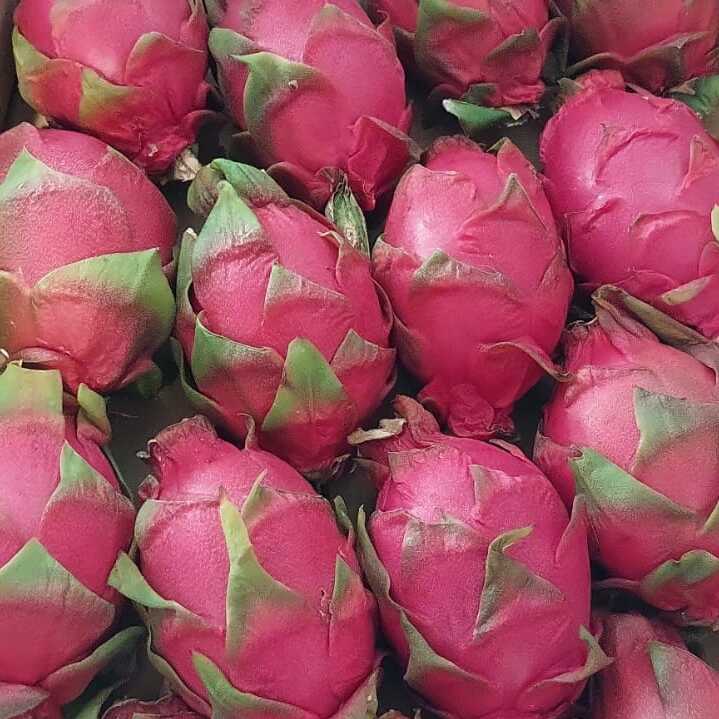



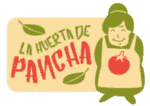
SABORAZO
Riquísimos.
Muy ricos
contento con el servicio y el producto
Mango fabuloso y riquísimo